 For the last three years I have published a wish list of books for people in the nonprofit community at my blog – MarionConway.com. These lists have been developed by my requests for recommendations to members of my nonprofit network. They are always among my most read posts and even the old ones continue to be read frequently. We have a policy here at managementhelp.org to not just republish articles published elsewhere. I often write companion pieces at both blogs and some of you read the articles on a particular subject that I post in both places. Thank you.
For the last three years I have published a wish list of books for people in the nonprofit community at my blog – MarionConway.com. These lists have been developed by my requests for recommendations to members of my nonprofit network. They are always among my most read posts and even the old ones continue to be read frequently. We have a policy here at managementhelp.org to not just republish articles published elsewhere. I often write companion pieces at both blogs and some of you read the articles on a particular subject that I post in both places. Thank you.
This post is a Best of the Best. It has my favorite recommendations from lists of recommended books for “Nonprofit Folk” over the last three years. A thoughtful book can be the perfect holiday gift so ….. Enjoy – and at the end I’ll provide links to all of the prior lists.
Leadership, Management, Philosophy
The Future of Nonprofits: Innovate and Thrive in the Digital Age by David J. Neff and Randal C. Moss was recommended by Amy Sample Ward. This book is sure to give you a whole new outlook about how your organization can be successful in in a today’s environment where communication and community engagement rule.
Nonprofit Sustainability: Making Strategic Decisions for Financial Viability
by Jeanne Bell, Jan Masaoka, and Steve Zimmerman. Linda Czipo gives it a rave review with these comments: “It helps guide organization managers through crucial analyses (fund raising profiles, program and organizational viability, etc.) in a very accessible manner. Great blend of user-friendly prose, matrices, and diagrams to help organizations sift through the “tough questions.” Very useful.”
Forces for Good: The Six Practices of High-Impact Nonprofits (J-B US non-Franchise Leadership) by Leslie Crutchfield was recommended by Holly Ross, William Hull and Paul Cwynar. Paul said, “It is an innovative guide to how great nonprofits achieve extraordinary social impact.”
You and Your Nonprofit: Practical Advice and Tips from the Charity Channel Professional Community
I am proud to be a contributor to this book featuring over 40 contributors with articles on a wide range of topics important to nonprofit professionals. It features practical advice and tips from the Charity Channel Nonprofit Professional Community. This is an excellent on the shelf resource for new and experienced nonprofit leaders alike.
Fundraising
50 Asks in 50 Weeks
by Amy Eisenstein – I had the privilege of hearing Amy deliver a workshop on this subject at the Charity Channel Summit in Saint Petersburg last year. Amy gives great guidance for even a one person shop in choosing priorities and effectively completing 50 Asks in 50 Weeks. I walked away with a feeling that any development office could become more effective and focused by simply following Amy’s straightforward, no nonsense advice. Recommended by me.
Ask Without Fear!: A Simple Guide to Connecting Donors With What Matters to Them Most
by Marc A. Pitman. There are lots of books about fundraising but this one should top any list:
Nonprofit Technology, Social Media, Marketing
The Networked Nonprofit: Connecting with Social Media to Drive Change
by Beth Kanter and Allison Fine – This book will for sure be on many wish lists. Nobody addresses this topic with such passion, knowledge and down to earth good advice as Beth and Allison. I had the pleasure of hearing Beth and Allison together at the NTC conference discuss this book. My review – WOW!.
The Nonprofit Marketing Guide: High-Impact, Low-Cost Ways to Build Support for Your Good Cause
by Kivi Leroux Miller – This is the definitive resource for nonprofit marketing. It is a must have resource if you are interested in this topic. No one covers this topic better than Kivi.
Favorites for Children
One Hen – How One Small Loan Made a Big Difference
by Katie Smith Milway, illustrated by Eugenie Fernandes This beautifully illustrated book inspired by true events tells the story of Kojo a small boy from Ghana who turns a small loan into a thriving farm for many and is able to return to school. I learned about this book when Steve Jennings, @zyOzyfounder tweeted the link to his reading list of poverty books
Three Cups by Mark St. Germain and illustrated by April Willy tells of life lessons that come from learning how to save, spend and give our money. This inexpensive but richly illustrated book is an excellent place to start developing philanthropy values in children. My thanks to Tony Townsley for this recommendation.
Of Thee I Sing: A Letter to My Daughters by Barack Obama
I reviewed this book featuring stories about American heroes and beautiful illustrations at my other blog – The Grandma Chronicles. This book is one of those that should be on every child’s bookshelf.
Read the full lists of reviews:
Need a Holiday Gift for Someone in the Nonprofit Community – A Curated List of Books
Nonprofit Books That Make Great Holiday Gifts
Books to Add to Your Reading List in 2010 – The Well Known and a Few Discoveries
You and Your Nonprofit – Just Published!
Of Thee I Sing – A Letter to my Daughters by Barack Obama
——————
For more resources, see our Library topic Nonprofit Capacity Building.



